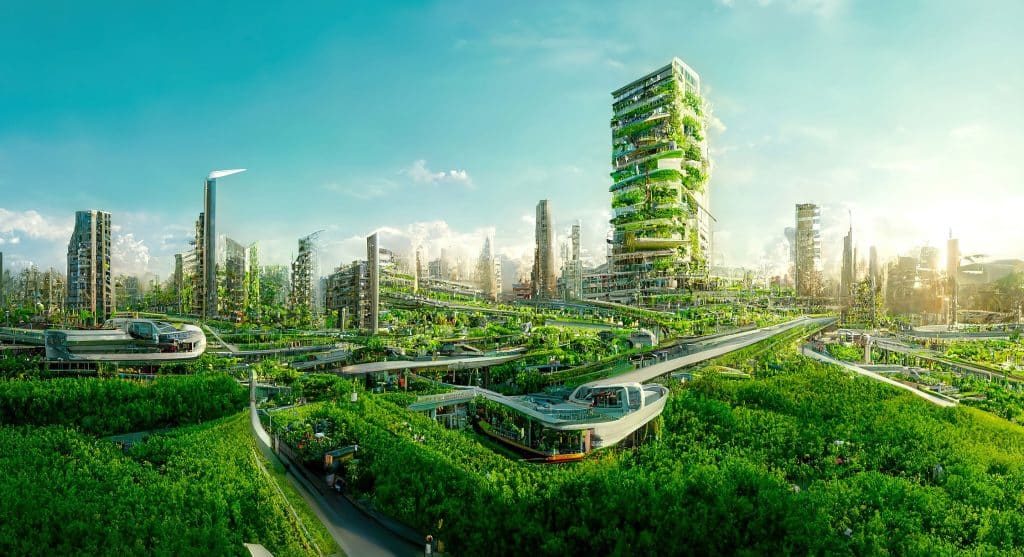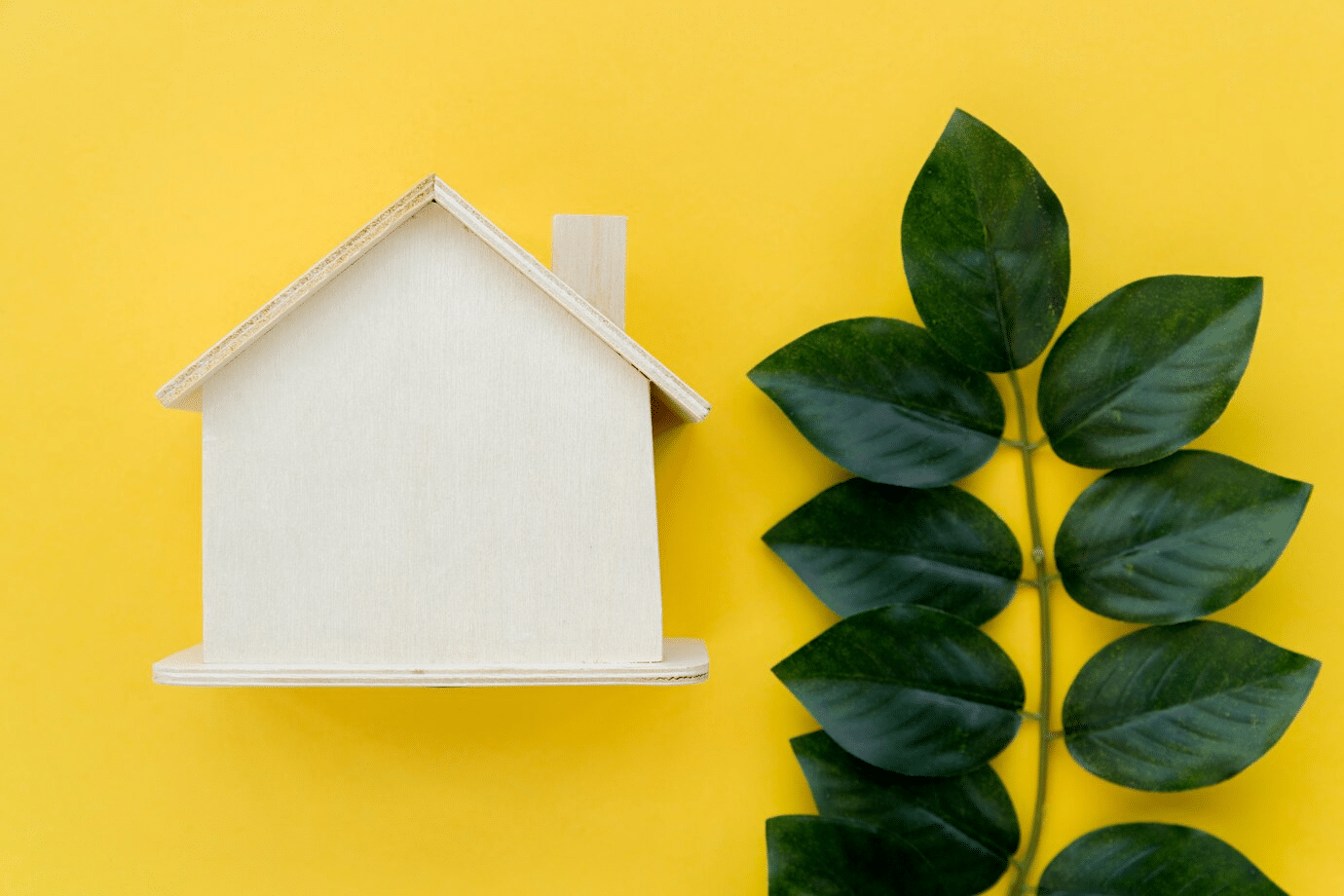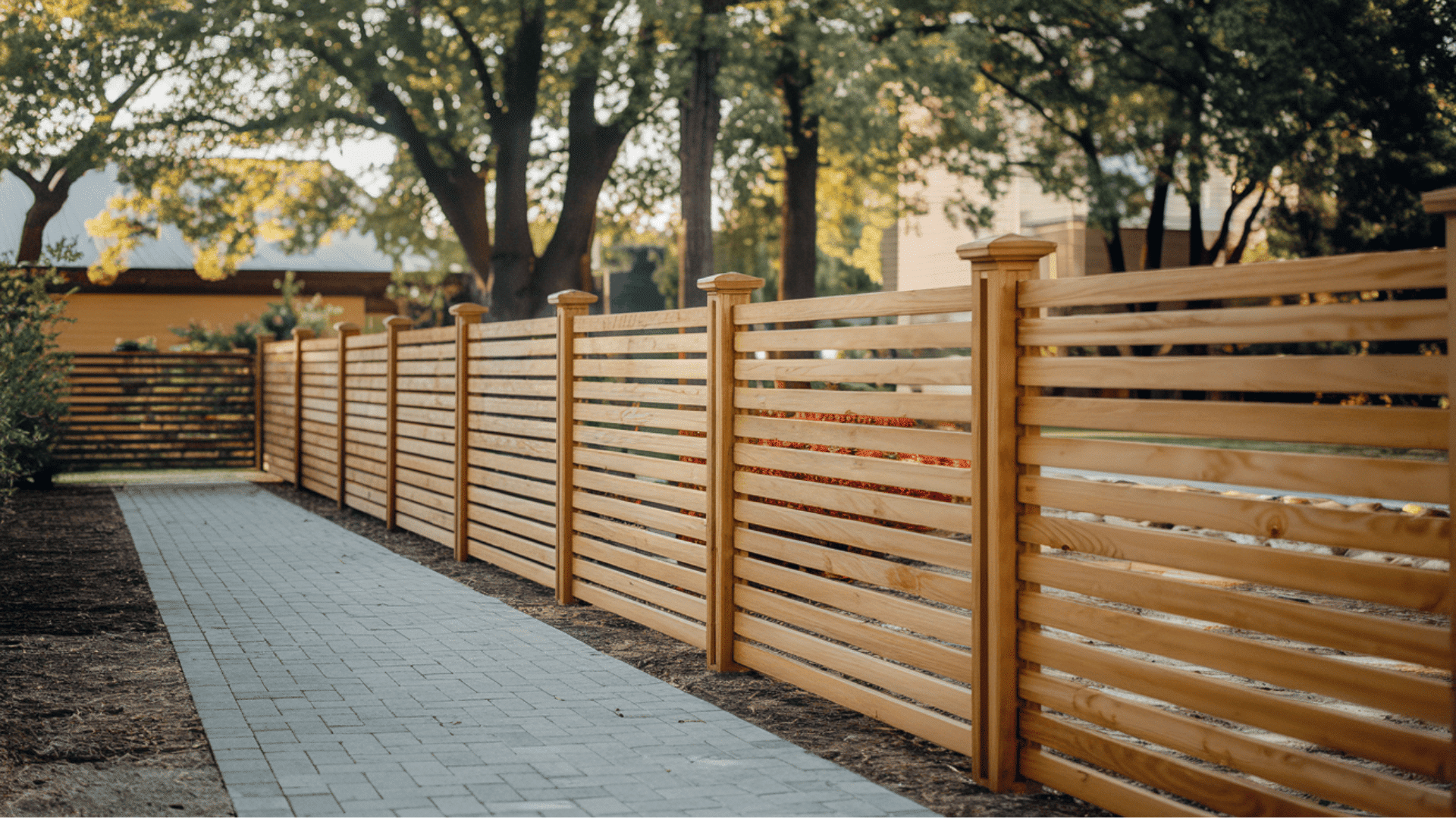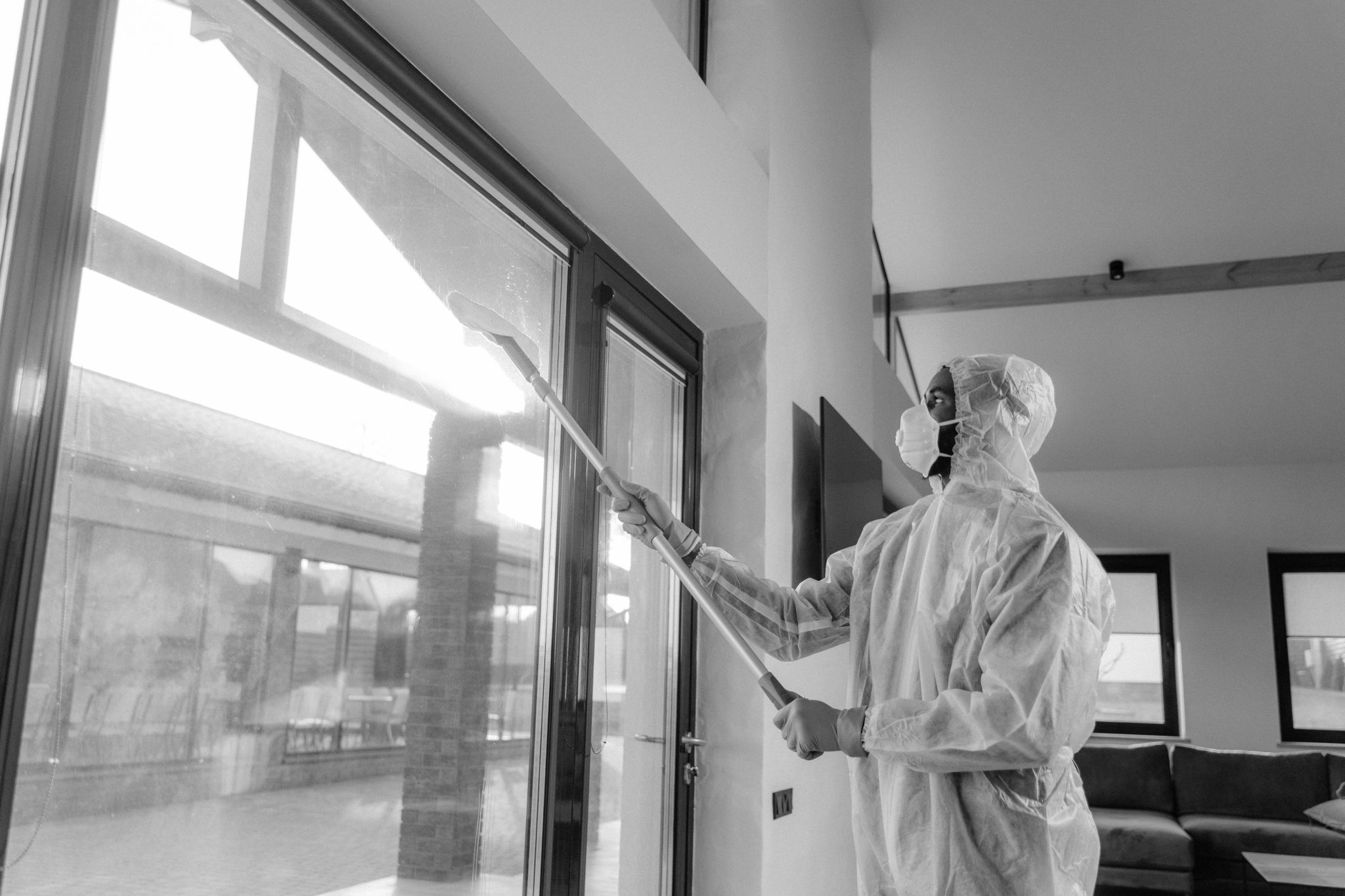Sustainable Living: Exploring the World of Green Real Estate
With the increase in worries about climate change and the protection of our environment comes an unmatched demand for sustainable living solutions. A major part of this transition involves the growth of sustainable real estate—facilities crafted and managed using environmentally friendly methods and materials.
This expanding trend redefines the real estate landscape by allowing homeowners to decrease their environmental load and benefit from lower energy expenses while fostering healthier environments and a better lifestyle.
This article surveys the essential points of green real estate and answers why it is crucial for homeowners while showing its rising impact on the housing market.
What is Green Real Estate?

Properties that adopt sustainable practices seek to lower their ecological footprint in every phase. This might consist of green materials along with energy-efficient technology for landscaping. The target is to reduce waste and maintain resources to enhance health in our living environments.
Structures like this frequently conform to guidelines set forth by groups such as Energy Star or the LEED program. The goal is to decrease energy and water consumption, reduce greenhouse gas levels, and boost indoor air quality.
Key features of green homes can include:
- Solar panels and renewable energy systems
- Energy-efficient windows and insulation
- Water-efficient fixtures and rainwater harvesting systems
- Use of recycled, non-toxic building materials
- Smart home technologies to manage energy use
- Sustainable landscaping, such as native plants and xeriscaping
The Importance of Green Real Estate
The movement towards sustainability is crucial for addressing climate change and protecting natural resources. The energy consumption and carbon emissions are greatly affected by buildings and houses. Residential and commercial buildings make up almost 40% of the U.S. energy consumption according to the U.S. Environmental Protection Agency (EPA).
Homeowners and builders can significantly lower these impacts by putting money into green real estate. To foster sustainable and energy-saving homes’ construction governments frequently grant incentives including tax reductions and financial assistance.
Environmental Impact
Green structures consume far lower amounts of energy and water when compared to conventional homes. By using less energy and resources they ease pressure on community utilities and cut their carbon footprints. They are crucial in aiding both urban areas and states in fulfilling their environmental aims.
Financial Savings
One of the fastest advantages of green real estate is energy efficiency. Reduced utility expenses arise for homeowners because of lower energy and water consumption. In the future, these discounts can compensate for the potentially increased costs of environmentally friendly upgrades.
Improved Health
A variety of sustainable homes emphasize indoor air improvement by incorporating hazard-free materials and efficient purification techniques. By doing this you can achieve a more wholesome home atmosphere that diminishes the likelihood of respiratory ailments and other health problems tied to standard building supplies.
Benefits of Green Real Estate for Homeowners and Investors
Lower Utility Bills
Reduced energy costs represent a major advantage for those with sustainable homes. With solar technologies and efficient windows in place, electricity costs can be significantly decreased. Homeowners can cut their energy expenses by 30% through energy-efficient improvements suggested by the U.S. Department of Energy.
Increased Property Value
Green homes are increasingly in demand, and that demand is expected to grow as awareness about sustainability increases. Data reveals that homes with improved energy efficiency usually sell more rapidly and fetch greater value than standard properties. Customers tend to allocate more money to residences that have less operating costs and a favorable environmental influence.
Monetary Benefits
Many governments offer financial incentives for building or purchasing green homes. In the U.S. homeowners might receive tax incentives for putting in solar systems or energy-efficient devices. With green mortgages offering improved terms for efficient home financing a sustainable property becomes more cost-effective.
Long-Term Investment
Investing in green real estate is not only good for the environment but also makes financial sense. Energy prices are anticipated to soar; accordingly, the savings produced by energy-saving attributes will keep growing indefinitely. Additionally, green homes are likely to hold their value better than traditional homes as more buyers seek out eco-friendly properties.
Increased comfort and improved quality of life
Green homes offer a more comfortable living experience thanks to better insulation, ventilation, and natural lighting. Such elements contribute to a more constant room temperature and decrease environmental noise levels along with increasing comfort.
Green Real Estate Trends in 2024
Net-Zero Homes
Designers create net-zero dwellings to create energy that matches their consumption. Renewable energy alternatives such as solar combined with energy-saving systems often accomplish this. As technology improves and the price of renewable energy declines these houses are attracting more attention.
Smart Home Technology
Technology in smart homes tracks and enhances energy efficiency for homeowners to lessen waste. Thermostats capable of learning can modify temperatures dependent on the day’s hours while smart lights respond to absence by shutting off.
Sustainable Communities
In addition to individual green homes, sustainable communities are becoming more common. Environmental sustainability guides the layout of these communities which includes grassy areas and paths for biking and walking.
Energy Storage Solutions
As solar energy systems grow in popularity renewable energy storage solutions such as home batteries are becoming more favored. With these systems in place homeowners can keep the extra power made during the day to utilize at night and cut back on their use of traditional energy sources.
How to Find and Invest in Green Real Estate
For those interested in purchasing or investing in green real estate, there are several ways to get started. A variety of real estate portals now feature search tools for sustainable properties allowing users to easily identify those with green certifications.
Additionally, working with a real estate agent who specializes in green homes can be beneficial. Aware of the special characteristics of green homes these agents guide buyers through the multiple financial and incentive opportunities.
Investors looking to enter the green real estate market should also consider partnering with developers who focus on sustainable building practices. With the growing demand for green homes, investing in eco-friendly properties can be a lucrative long-term strategy.
Conclusion
Green real estate represents the future of housing. Homeowners and investors are becoming aware of their benefits and accordingly, the interest in eco-friendly properties is expected to grow. From reducing environmental impact to saving on energy costs, green homes offer a multitude of advantages for both individuals and the planet.
By investing in green real estate, you’re not only making a smart financial decision but also contributing to a more sustainable future for generations to come.







